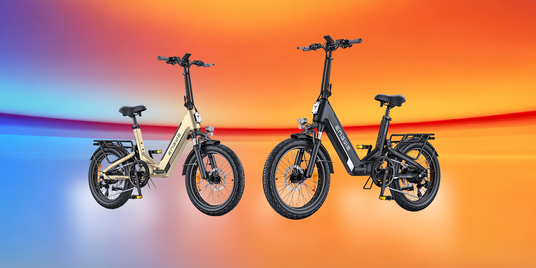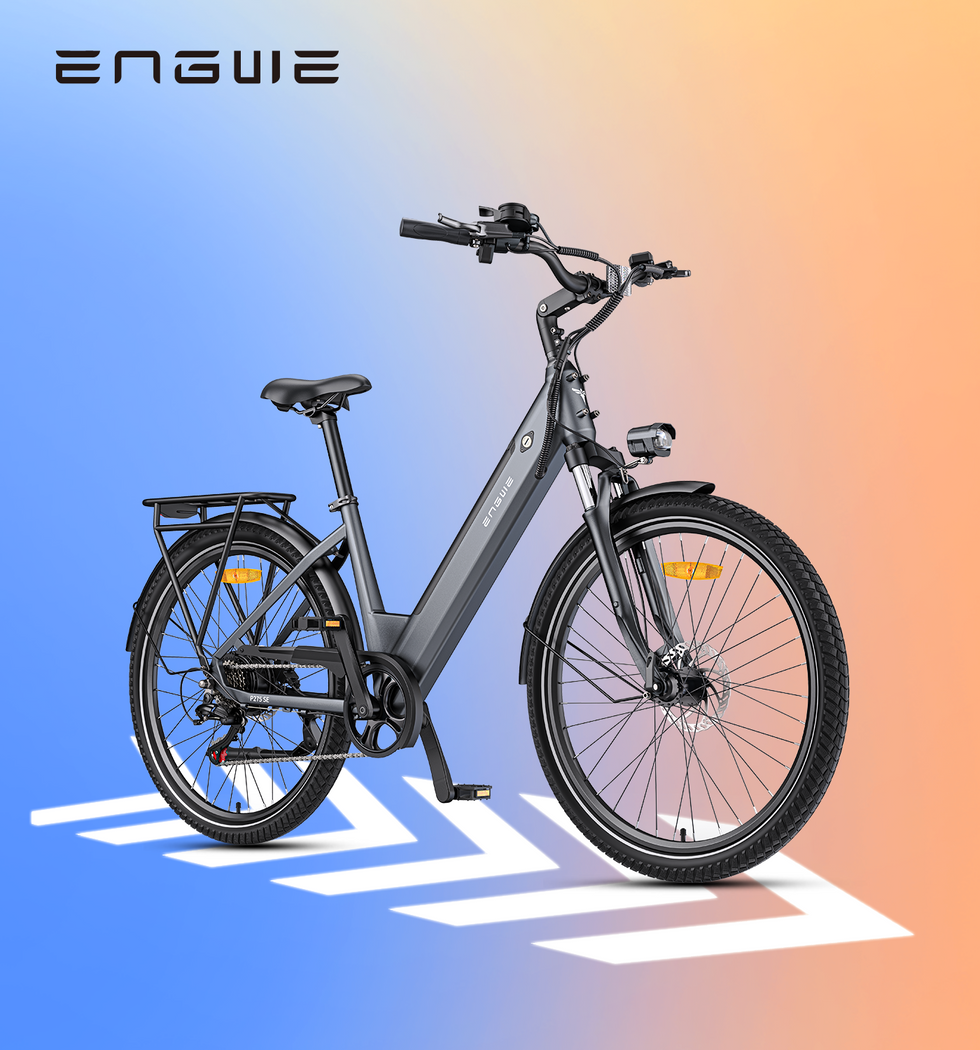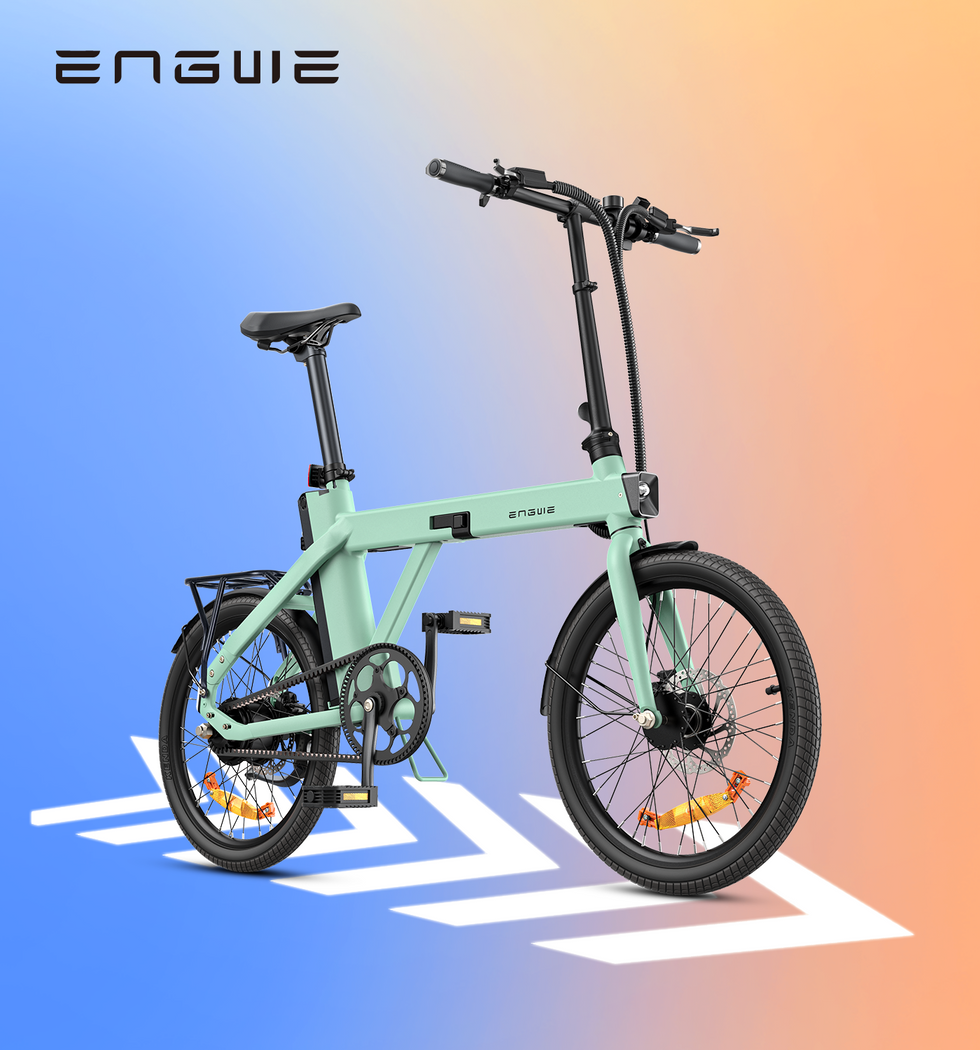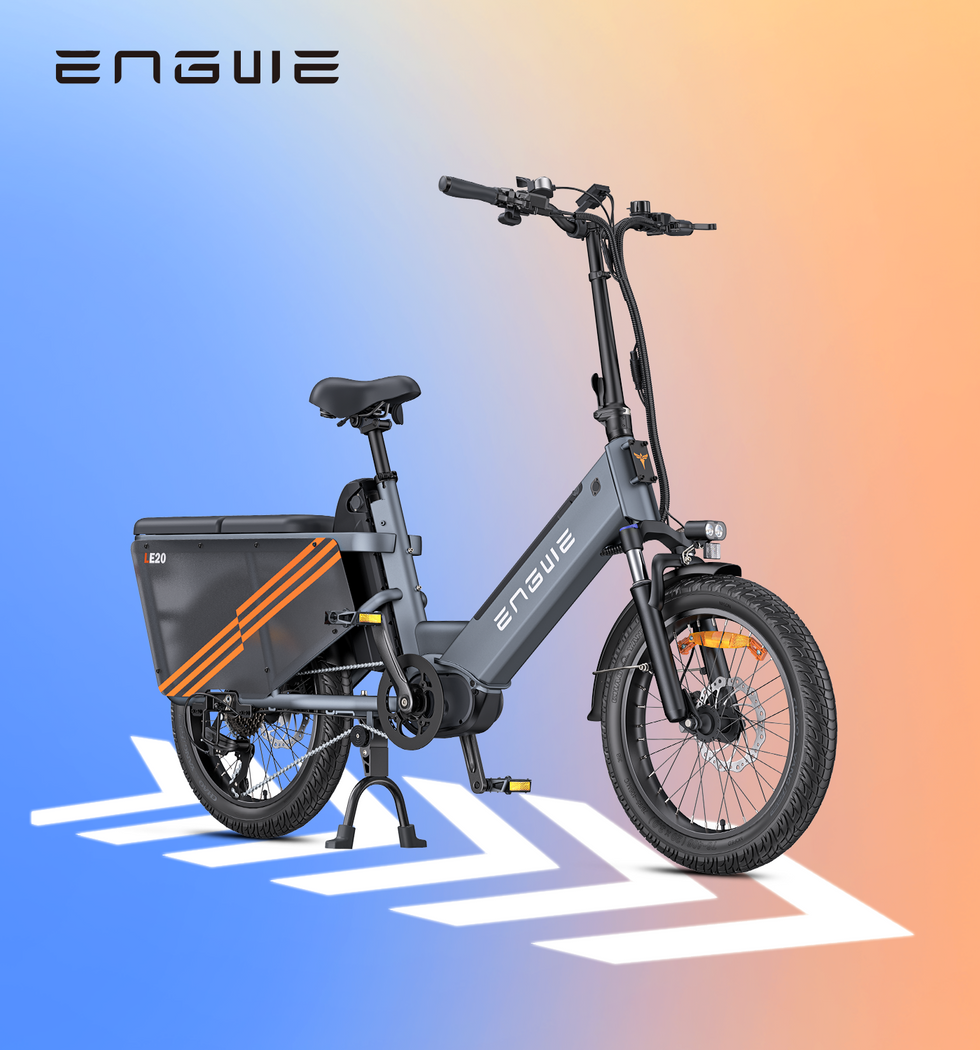The Nuance of Speed: More Than Just a Number
The desire to get a fast electric bike usually starts when you want something more exciting, faster ways to rocket down through city streets or conquer open roads. But when you’ve spent as many hours as I have testing and analyzing these machines, you eventually begin to see that the discussion about speed is far more difficult, nuanced—and fun! A really great fast e-bike isn’t just about raw speed; it’s about powerful yield under control, unflappable stability and the confidence to exploit that speed safely and effectively. It’s about the sensation of wind in your face, knowing that you are on a powerful machine capable of withstanding every twist, turn and sudden stop. This is the true road that we walk, searching for a bike that provides as much excitement as you can safely handle but while offering not one iota of unsafe behavior or ride quality.
Understanding E-Bike Classifications and Laws
Before we get into the hardware side of things, it’s important that we understand what “fast” means in a world full of electric bicycles. Legally, e-bikes are generally classified into classes based on their maximum assisted speed and how that power is provided. In a lot of places, for instance, your standard electric bike (or pedelec) will have a motor that assists only up to 25 km/h (or 15.5 mph). Faster models, usually referred to as S-Pedelecs or Class 3 e-bikes, can provide help up to 45 km/h (roughly 28 mph). These faster bikes sometimes face more restrictive rules, with a need for registration, insurance or a certain style of helmet. Knowing these designations will be your initial task. It bridges the gap between your urge to go fast and the legal ins and outs of your local area, ensuring that you have thrilling rides—no ticket necessary. The objective is a fast e-bike, not a legal nightmare.
| Feature | Standard E-Bike (Pedelec) | Fast E-Bike (S-Pedelec / Class 3) |
|---|---|---|
| Max Assisted Speed | Up to 25 km/h (15.5 mph) | Up to 45 km/h (28 mph) |
| Common Requirements | Standard helmet, often no registration needed. | May require a specific helmet, registration, and insurance. |

The Anatomy of a Safe, Fast E-Bike
Once you’ve sorted out the legal landscape, what does it take for an e-bike to stand up to speed in a safe manner? It’s not the motor that is the answer; it’s the brakes. Being able to stop quickly and in control is crucial. For any e-bike you plan to ride with even a modicum of speed, hydraulic disc brakes are non-negotiable. Instead of using cables to pull calipers closed, hydraulic disc brakes use fluid to transfer force that finds its way into more powerful braking as close to the tires as possible, offer modulation for ultimate control, and work in all conditions. Seek out big rotors (180mm is a good standard), since they take more heat and offer additional braking power. Then, think about your ride’s foundation: the frame and tires. It boasts a durable, well-engineered frame that eliminates the disconcerting sway at high speeds. With a wider tire—say, 3.0 inches or more—you pick up additional contact area on the road. That translates to better cornering grip and a more stable, planted feel while soaking up road imperfections that might be jarring without it. Real speed comes from feeling like you can accelerate when necessary.
The Heart of the Machine: Powertrain and Battery
The heart of any fast electric bike, naturally, is its powertrain. Although a lot of attention is directed to how many watts the motor produces, a much more relevant spec for the *feeling* of speed you get from it is the amount of torque in Newton-meters (Nm) it’s capable of. It’s torque, the twisting force that serves to get you moving, or what you’re pushing against when you accelerate from a stop or power up a hill. A high-torque motor gives that punch of excitement sensation of immediate push when the bike feels really fast and responsive. But all that power is moot without a battery to support it. The most important asset to keep your adrenaline pumping is a big battery (it's measured in watt-hours, or Wh), so the fun doesn't have to end. But the one thing many people take for granted is charging speed. Depending on how you charge it, however, 8 hours to a full charge can be no blink of an eye. A fast charger enabled bike changes the ownership experience by reducing downtime and increasing time spent on the road.
When you start looking for an e-bike that encompasses all those things well—all the legal, safety and powerful fast power—it seems as though ENGWE is the brand that knows what modern bikers need. Their ENGWE L20 3.0 Boost is the epitome of this philosophy. It's built for speed, but also simply to feel like a better ride altogether, from the initial start to the final sprint. What really makes it stand apart is the exclusive Boost Mode, which provides a rapid 75Nm burst of power for easy hill climbs and quick acceleration, an ideal feature to have whenever you need it. This is made all the more enjoyable with its industry-leading full suspension in a sub-compact frame: capable of dissipating up to 90 percent of road vibration for an unparalleled ride quality, even on uneven or pock-marked urban streets. You can ride further and faster with a longer 48V 13.5Ah capacity battery with an incredible range of up to 135km, and the included, industry-leading fast charger rated at over 8A recharges your battery back to full in around 2 hours so you can get riding sooner! Safety is the priority here, with large 180mm hydraulic disc brakes, grippy 20" x 3.0" puncture-resistant tires and a confidence inspiring stance on the road. A sophisticated torque sensor brings that reality to life and exactly replicates your effort on the pedals by providing a smooth, natural riding experience. Add to all that an ultra-compact folding design, and you have a new standard in portable power and convenience.
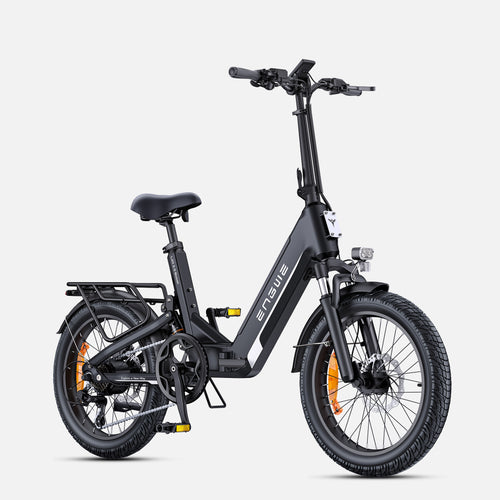
Mastering the Ride: Responsibility and Safety
Owning a fast electric bike, after all, comes with an obligation to yourself and others. A high-quality, certified helmet should always be worn. The faster you ride, the more damage can be done in any sort of accident, and protecting your head is the single most important thing you can do. Always ride in a predictable and conspicuous manner. Use hand signals, install lights on your bike for morning commutes and evening rides home, and practice situational awareness of other cyclists, pedestrians and vehicles. Realize that the faster you are traveling at, it requires greater time and distance to react and stop. Ride defensively, assume the worst in others, while obeying traffic rules and yield to other users. The real thrill from riding a fast e-bike comes in mastering responsible navigation of your environment, and blending into the traffic flow.

In the end, you get an excitingly fast electric bike that doesn’t skimp on safety and control.
Frequently Asked Questions
1. Motor wattage vs torque for a fast e-bike.
For sensation of speed and acceleration, torque is much more relevant. Wattage has to do with the motor’s power overall, but torque (in Nm) is the force that directly gets you accelerating quickly off a stop and helps in powering up hills. Everything you read about is the bike’s torque, and a motorcycle with lots of torque feels much more responsive; in other words, it feels "fast" when you’re riding in real-world-type cities.
2. Why are torque sensors better than cadence sensors on a performance e-bike?
A cadence sensor only knows if you are pedaling and how much power to give. A torque sensor detects how *hard* you are pedaling and that influences the motor’s output. This leads to a much smoother, intuitively natural riding experience - with the bike feeling part of you rather than some detachable man-machine tool - and one that is key for high-speed control.
3. Do fast electric bikes need more maintenance?
Yes, generally they do. The components to your bike, from the brakes to the chain and tires, are put under more stress at higher speeds. You may need to inspect your brake pads for wear more often, clean and oil your chain and check tire pressure with greater frequency; all to ensure you are safe and enjoying the ride.
4. Are folding frames a good idea for a fast e-bike?
Yes, as long as it is well built. A heavy-duty folding frame is strong, yet easy to use. It adds a huge amount of convenience, fold the bike up easily in an apartment, car, or even on public transit to take your powerful e-bike anywhere; making it a lot more convenient for daily life and travel.
5. Which is the most important safety feature to have?
Although it is a strong, reliable frame with decent tires that does count for something, the brakes themselves are the only feature on a bike directly responsible for your safety. High-end hydraulic discs are a must. They are that dependable bit of stopping power (that feels even better than it feels on a mountain bike) that you rely on to control your electric hyper-commuter in all conditions so that speed is something you only have when desired.
